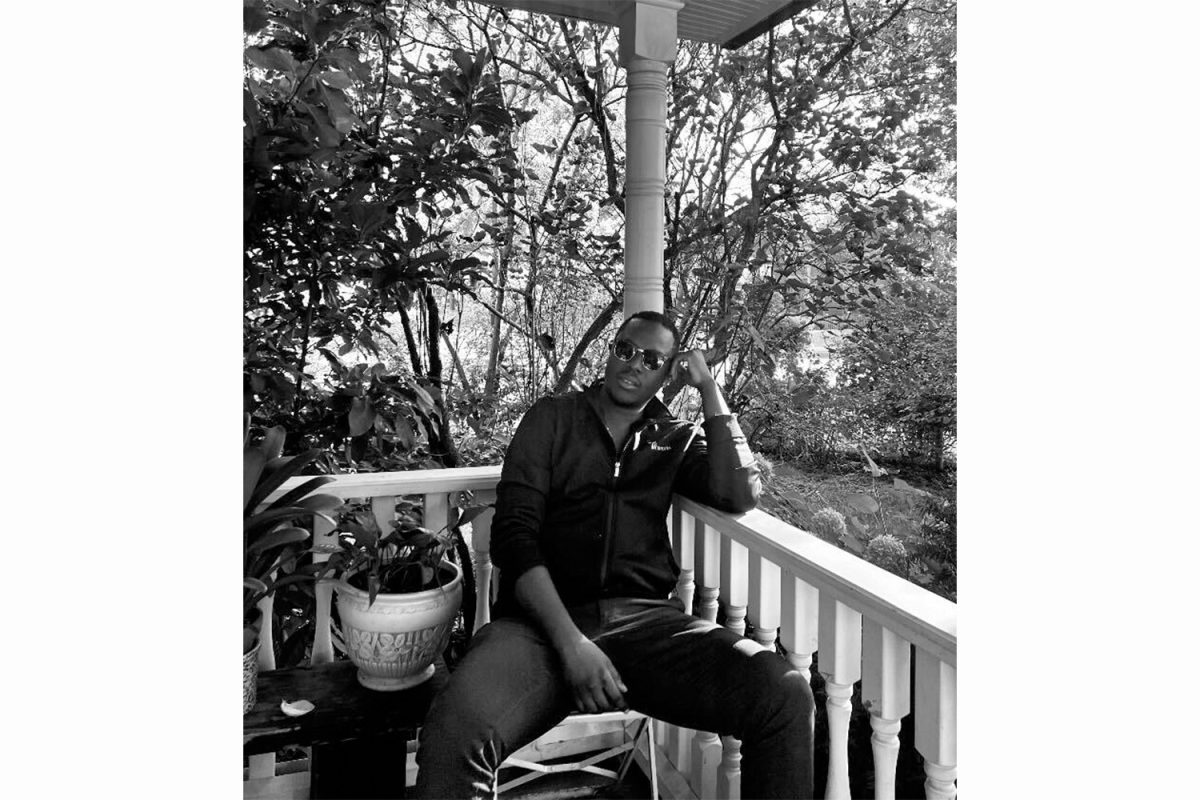High-necked, tightly fitting qipao dresses from Eastern Asia, bright and flowing sari dresses from India, short shorts and cropped tops of the hip-hop culture, and geometric patterns on loose-fitting African garments — these are some of the cultural styles students have the rare opportunity to witness on Saturday.
Walk it Out, a multicultural fashion show, intends to give viewers an opportunity to see distinct ethnic fashions cross paths at 8 p.m. in the 179 IMU. Tickets are $3 in advance, $5 at the door.
Yiming Qin, co-president of Walk it Out said clothes are a very important element of culture, and the show gives community members a chance to learn through observing the different styles.
"It really shows what we care about, and I believe that culture builds itself in the garments we wear, and you can really tell a lot about a culture just by what garments are trending," she said.
Qin, who has been involved with the show for four of its five years, said she thinks the show can help break stereotypes associated with the seven cultures in the show and demonstrate the diversity and subcultures present in them.
For example, she said, sometimes there are stereotypes such as assuming every Asian person in America is from China. Walk it Out is designed to show that under the umbrella of Eastern Asia, there are diverse countries and cultures.
"We just want to help the rest of the student body be aware of the different cultures on our campus, and it’s really important to know that just to be educated and to know that there are other things out there than what you commonly see," she said.
Qianying Li, also co-president of Walk it Out, said UI students will face a lot of diversity in the workforce as the U.S. economy becomes more global.
"With everything going global, you’re probably going to end up traveling someday," she said. "You don’t want people to look at you and think he or she lacks cultural awareness."
The seven cultures presented in the show include South Asia, East Asia, Africa, Latin America, Middle Eastern, hip-hop, and LGBTQA. Each group decides what kind of clothes it will present. Some will showcase more traditional outfits, while others may have more contemporary ones or a mixture of the two.
Sanjana Ramesh, the leader of the South Asian group, said in past years, her group has focused on Bollywood style, but this year, the members will mix traditional Indian outfits, such as a sari, with more modern street wear.
"We are exposing the audience to all types of life in India as opposed to that Bollywood cookie-cutter type of fashion that everyone sees every year," she said.
Some of the street styles include Kurtas and Churidhar, male and female versions of a long top with pants underneath. They come in a variety of styles ranging from solid colors with less detail to bright colors with ornate, detailed patterns.
Qin said another great benefit of the show for those involved is the friendships that are created. Qin, who has been a model for the show since her freshman year, said it helped her come out of her shell and build confidence.
"I’m just really excited to see the show come together," she said. "It’s the first year that I’ve really been this involved in the show, and I just want to see the fruits of my labor."
FASHION






